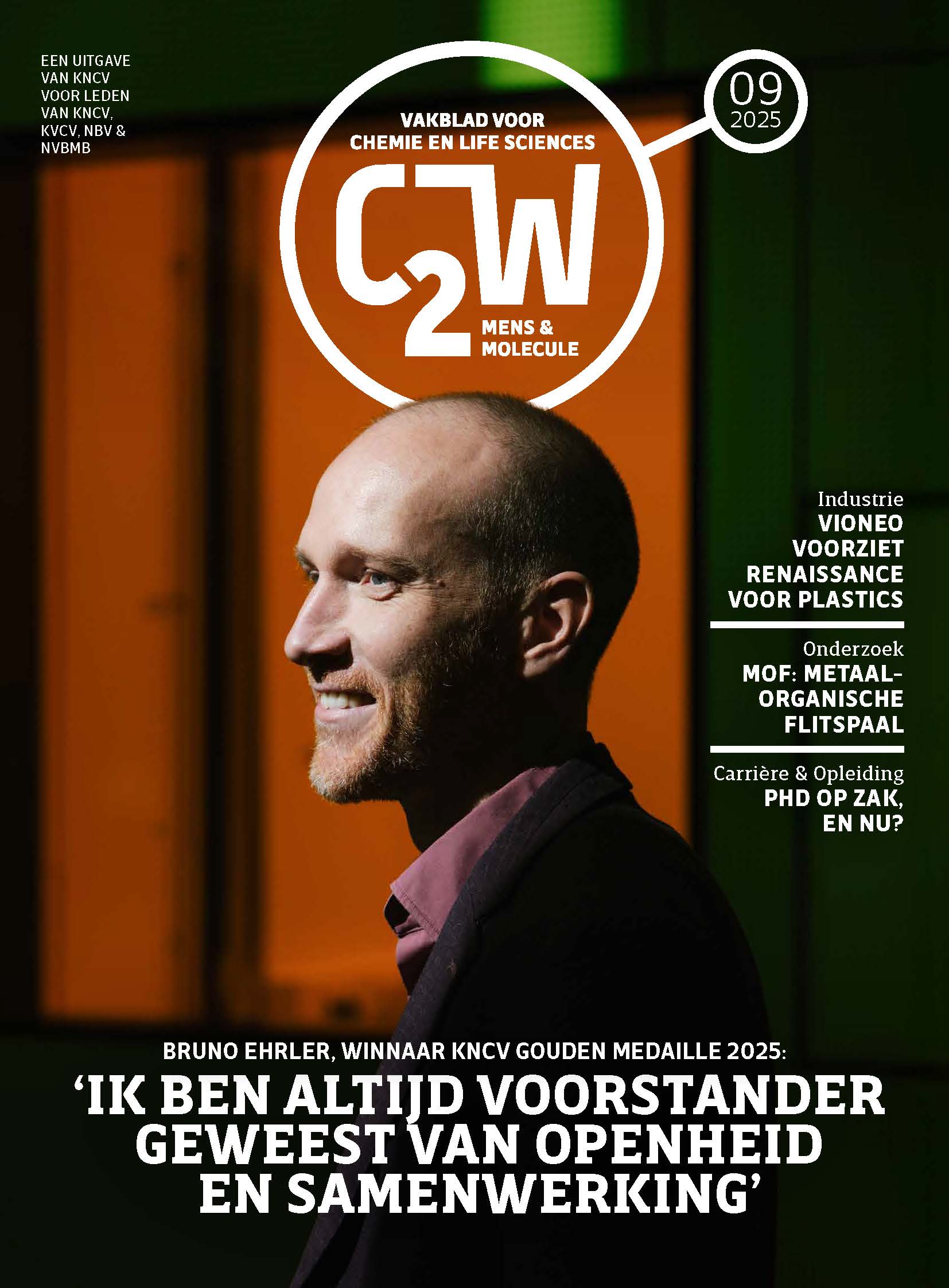Wenst u een activiteit te laten opnemen in deze lijst? Geef uw activiteit door via dit formulier.
Enhancing the performance of electrocatalysts for CO2 reduction towards C1 products

Categorie
Doctoraatsverdediging
Date
2024-11-25 17:30
Locatie
Universiteit Antwerpen, Campus Drie Eiken, Gebouw O, Auditorium O3 - Universiteitsplein 1
2610 Antwerpen, België
2610 Antwerpen, België
Promovendus/a: Järi Van den Hoek
Promotor(en): prof. dr. Tom Breugelmans
Carbon is a fundamental element in most of the materials that we use on a daily basis. However, our significant dependence on this element, which is essential to modern society, originates primarily from fossil fuels used as energy sources and chemical feedstocks. The combustion or decomposition of these carbon-based materials releases carbon dioxide (CO2) into the atmosphere, increasing CO2 concentrations. This disrupts the carbon cycle, and raises global temperatures, thereby exacerbating severe climate phenomena. In response, global initiatives have set the goal of achieving carbon neutrality by 2050, requiring advanced technologies to reduce the impact of extreme climate events and restore the carbon balance.The electrochemical conversion of CO2 offers a promising pathway to produce energy-containing molecules or chemical feedstocks through the utilization of intermittent renewable energy sources, including solar-, wind-, hydro,- and geothermal power. Advances in electrocatalyst design and reactor engineering have made this technology increasingly competitive with traditional fossil fuel-based production methods, particularly for the two electron transfer products, CO and formate/formic acid. Nevertheless, further advances in electrocatalyst design are essential to facilitate the technology’s transition to industrial-scale implementation, and to ensure enhanced selectivity, activity, and stability.
In my dissertation, I focused on identifying and addressing specific limitations of electrocatalysts for each target product. For CO production, the stability of highly active and selective silver (Ag) nanoparticles was increased using a nanoparticle confinement strategy combined with powerful electron imaging techniques. In the case of formate production, the electrocatalyst interface was modified for tin (Sn) and indium (In) chalcogenides, resulting in improvements in their interfacial properties and increased selectivity and activity. These strategies contribute to the ongoing development of electrocatalysts, advancing the technology towards industrial implementation and supporting a more sustainable, carbon-neutral society.
Alle datums
- 2024-11-25 17:30
Powered by iCagenda

